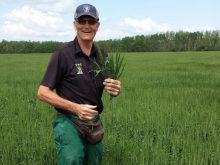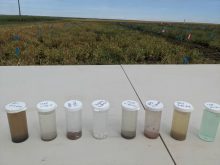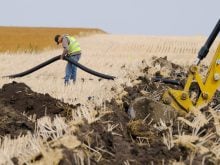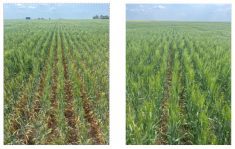Farming practices can trigger genetic adaptions in plants, according to research at the University of Bonn.
The 23-year project started in the late 1990s, when a research group led by Jens Léon started an experiment into how farming conditions affect plant genetic material. Researchers first increased genetic variation by crossing high-yield barley with a wild form. They then planted the barley in two neighbouring fields so that both populations grew in similar soil under the same climatic conditions.
One field was farmed conventionally, with researchers applying pesticide and mineral fertilizers. The other was organic. Weeds were mechanically controlled and manure was applied as fertilizer. Each fall, they retained and planted some seed from each field, ensuring the seed from the organic field was re-sown in the organic field, and vice versa. Researchers didn’t look for any particular traits as they retained seed from the harvest.
Read Also
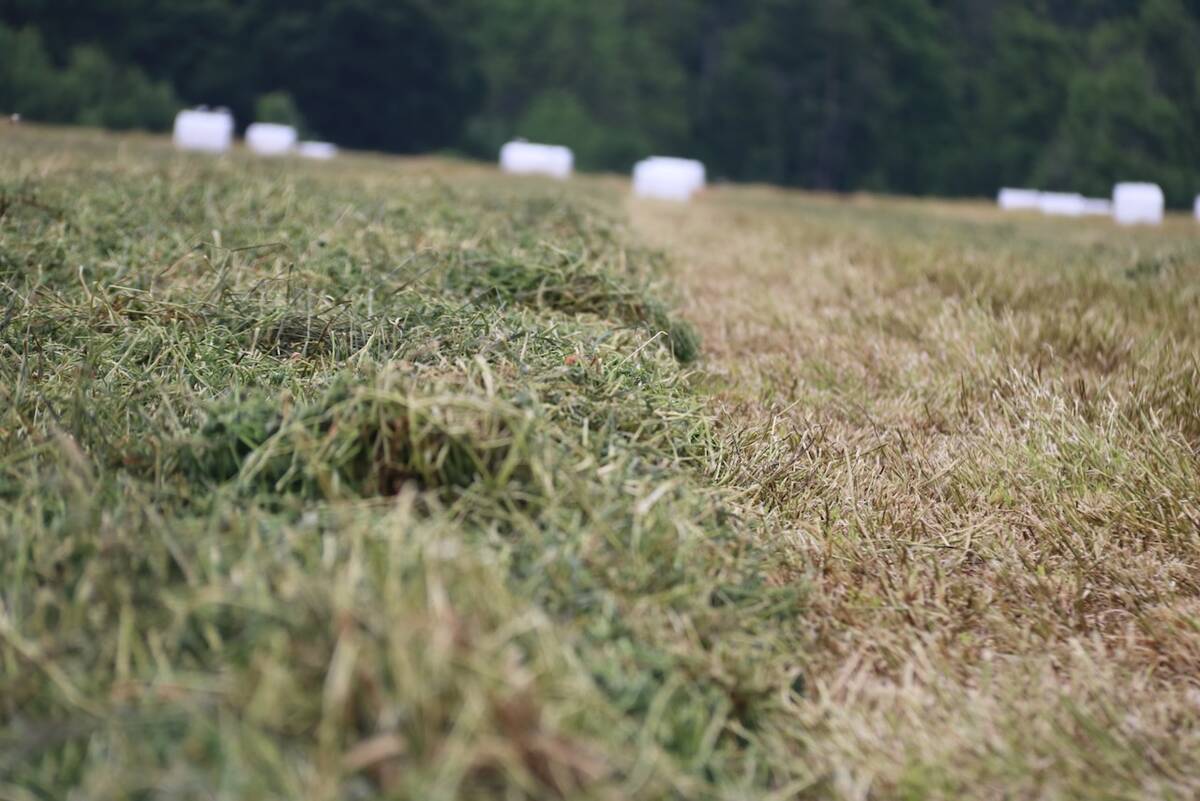
New high-performance forage training program to launch in 2026
A new Canadian Forage and Grasslands Asssociation high-performance forage program will be a resource for farmers, agronomists and others in the forage sector.
They also analyzed the genomes of grain from both fields each year, looking at allele frequency to measure how the barley was adapting over generations. Alleles are paired genes that control specific traits, such as flower colour or plant height. As time goes on, alleles that help a plant survive in its current environment will be found more often.
For the first 12 years, allele frequency changed in the same way in both fields. Researchers interpreted this shift as an indication that the diverse barley populations were adapting to identical local conditions such as climate, soil and day length.
However, allele frequencies then diverged between the conventional and organic populations. The organically grown barley developed gene variants that influenced root structure and were less sensitive to water or nutrient deficiencies. Researchers think this is because of the greater variation in nutrient availability in organic farming.
The organic barley remained more genetically heterogeneous, while the conventionally farmed barley become more genetically uniform over the years. Allele frequencies of the organic culture also varied more widely.
Researchers believe greater variation in environmental forces in the organic system led to more genetic heterogeneity, allowing the plants to adapt to changes.
The results underline the need for varieties that are adapted to organic growing conditions. Such varieties will be more robust and deliver higher yields. Researchers also saw value in crossbreeding plants with older or even wild varieties, even when developing cultivars for conventional farming. Read the release online here.



